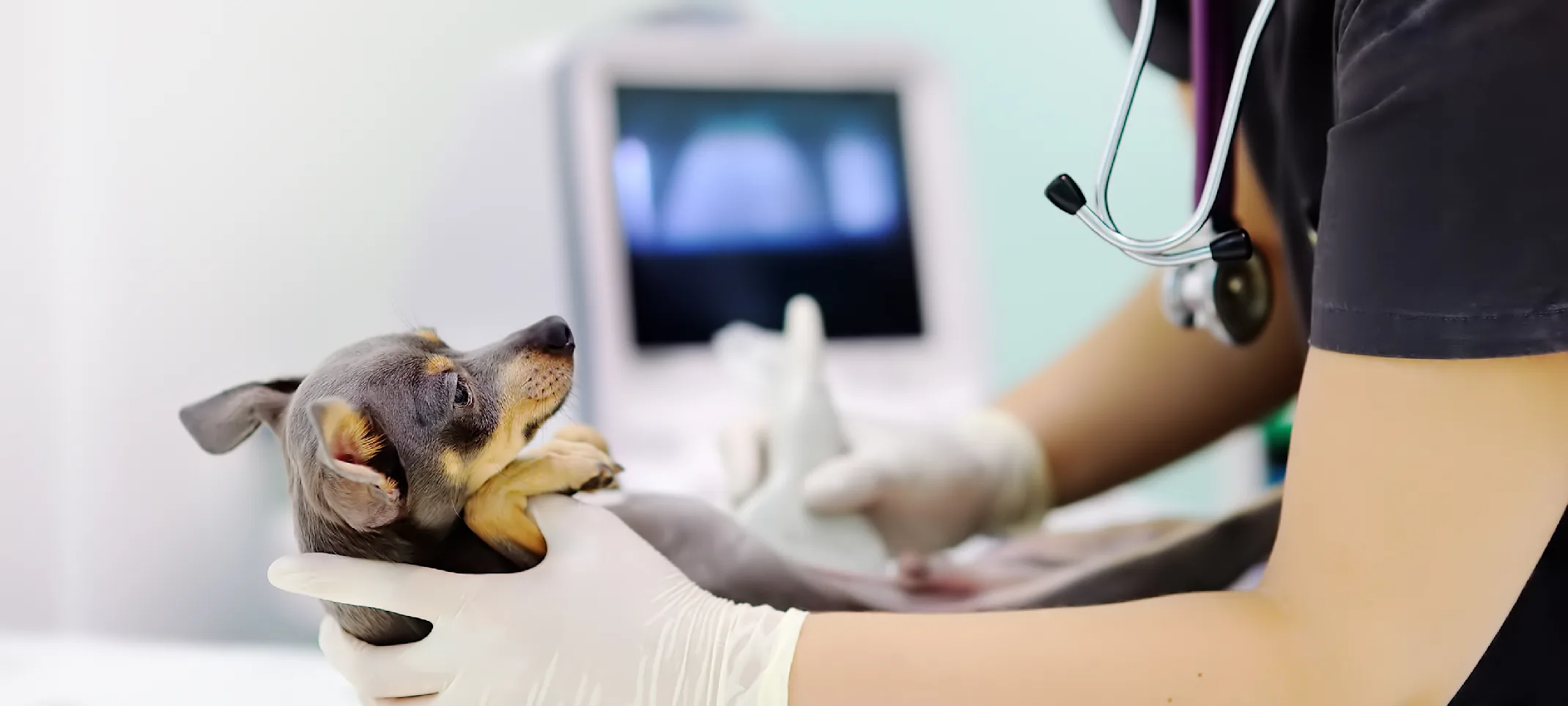Wylie Veterinary Hospital
Ultrasound Therapy
Therapeutic ultrasound uses a probe to vibrate and deep heat scarred and damaged tissue, resulting in boosted blood flow and an expedited healing process.

Overview
We are dedicated to ensuring that your pet experiences as little pain and stress during their rehabilitation process as possible. Therapeutic ultrasound is a great option to help us achieve those results, as it doesn’t require the use of anesthesia or surgery. Veterinary ultrasound therapy utilizes an ultrasound probe in order to vibrate and heat the damaged tissue that is troubling your pet. This boosts circulation and stretch in the affected areas.
Why would my pet need ultrasound therapy?
Often times when dealing with damaged muscles, tendons, and ligaments, pets can lose their ideal range of motion. Ultrasound therapy can be particularly useful in helping your pet regain that range of motion by boosting circulation in the affected region. This is achieved by deep heating the damaged tissue which boosts blood flow through the area. One of the primary benefits of this form of therapy is that it’s drug free, meaning that it can be used alongside most other forms of treatment.
When should I consider ultrasound therapy for my pet?
Some of the most common afflictions related to seeking ultrasound therapy include tendon and ligament injuries, muscular back pain, muscle spasms, and inflammation. Therapeutic ultrasound should be considered if inflammation or scar tissue is restricting your pet’s quality of life.
This form of therapy is, however, not recommended for animals with orthopedic implants as it can improperly heat the implant and cause damage to the surrounding tissue. Please talk to our veterinarians in order to assess if your pet is a good candidate for ultrasound therapy.
How does ultrasound therapy work?
Ultrasound therapy begins by passing an electrical current through a crystal within the head of the ultrasound probe. The electricity causes the crystal to vibrate at a certain frequency, which transmits through the skin and vibrates the affected areas of your pet’s body. Typically, the treated area is shaved, and lathered with water-soluble ultrasound gel. The head of the probe is then placed directly on the skin and treatment commences.
